A little while ago, I was talking casually to an old arms-controller. “What have you been up to?” I said. “Talking to the Russians,” he said. The Russians he would have been talking to were probably nuclear policy experts or nuclear weapons scientists and they probably would have been talking about ways of controlling international nuclear stockpiles. I didn’t ask for the specifics of what they talked about because 1) this was a social occasion; and 2) 30 seconds into the answer, I would have been in right over my head anyway. My point is, this particular arms-controller is 90 years old. His colleague in arms control, William Perry, ex-Secretary of Defense, is 91 and all over Twitter, e.g., last week: “I personally experienced 2 nuclear false alarms in a period of 4 years – if those alarms had been brought to the President, he would have had 7-10 minutes to make a decision whether to launch our own land-based missiles in retaliation.” Smart, educated, experienced guys. They’re old enough to know about nuclear weapons first-hand; they’re not yet old enough to stand down. You don’t have to think hard to know why.
This was first published September 23, 2014.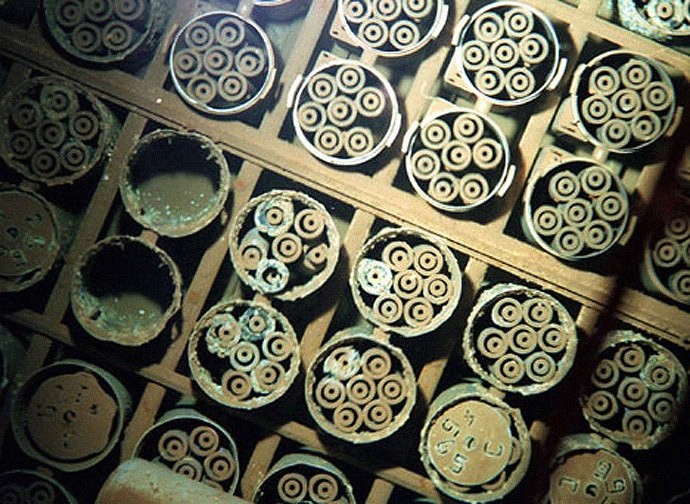 Over the years, I’ve met a number of physicists who had direct or indirect connections with the Manhattan Project and who then spent the rest of their lives trying to get the nuclear weapons genie back into the bottle and the bottle corked. I think of these physicists as the old arms-controllers. They’re impressive people. They’re not so much uncheery as they are highly focused on the job of corking the genie. Like, they’re pushing 90 years old and still stumping around full of current and complex information, giving talks and publishing things and backing politicians into corners.
Over the years, I’ve met a number of physicists who had direct or indirect connections with the Manhattan Project and who then spent the rest of their lives trying to get the nuclear weapons genie back into the bottle and the bottle corked. I think of these physicists as the old arms-controllers. They’re impressive people. They’re not so much uncheery as they are highly focused on the job of corking the genie. Like, they’re pushing 90 years old and still stumping around full of current and complex information, giving talks and publishing things and backing politicians into corners.
I’ve just read about one (I’m pretty sure he qualifies as an old arms-controller though like others of them, he’s a little opaque to the all-seeing eye of Google) named Thomas Neff. I’m reviewing a book about nuclear weapons. I learned that during the Cold War, the world had 65,000 nuclear warheads and around 2,000 tons of the fissile stuff – mostly weapons-grade uranium and some plutonium — that make nuclear warheads so effective.
All this stuff had to be made: weapons-grade uranium is processed, or enriched, from lesser uranium; and plutonium is manufactured outright. God didn’t make this stuff; we did. It’s all over the place; it’s proliferated to all corners of the earth; most of it is in Russia, the U.S. comes second. And once made, the stuff can’t be unmade; it can’t be destroyed. We’re stuck with it. You have to wonder why God doesn’t get disgusted and just shut down the whole stupid human endeavor, another Flood maybe.
Until Thomas Neff, a physicist/non-proliferation expert at MIT, figured out how the situation might be improved with a little private enterprise. Continue reading →

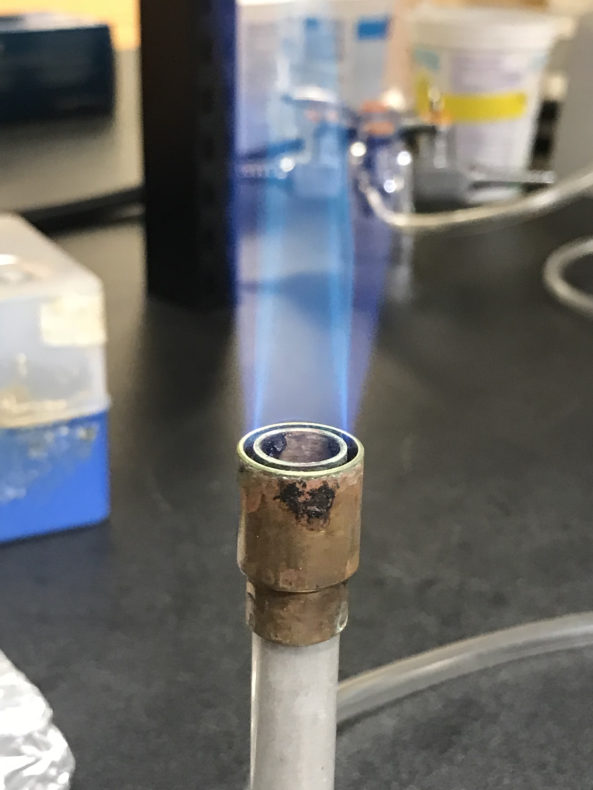


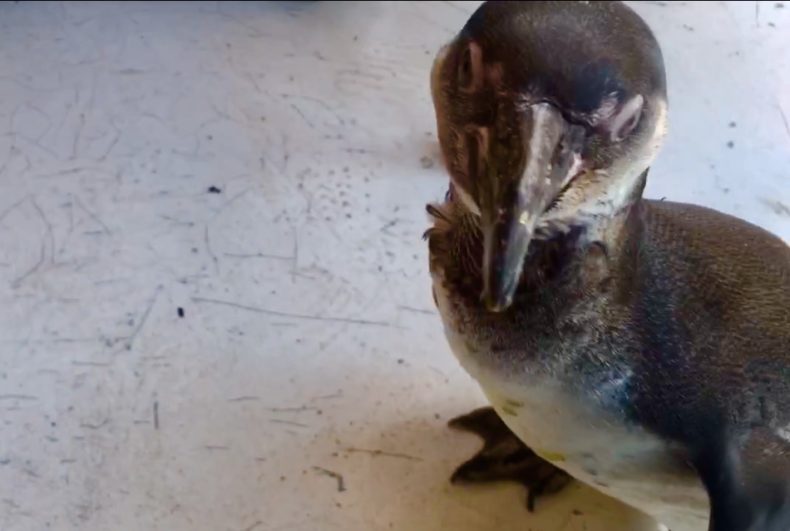 It has been said that penguins appear to be wearing tuxedos—crisp and elegant in their blacks and whites. This is not so of Humboldt penguins. If Humboldt penguins are wearing tuxedos, then they have been wearing them to jump trains for a couple of weeks, sleeping atop coal slag or down in the dingy corners of yawning boxcars. The birds are gray and ragged around the edges, their white chests flecked as if with cinder burns. And their eyes look like the last edge of a hangover receding—bloodshot, merry, curious. They look like they have seen some things.
It has been said that penguins appear to be wearing tuxedos—crisp and elegant in their blacks and whites. This is not so of Humboldt penguins. If Humboldt penguins are wearing tuxedos, then they have been wearing them to jump trains for a couple of weeks, sleeping atop coal slag or down in the dingy corners of yawning boxcars. The birds are gray and ragged around the edges, their white chests flecked as if with cinder burns. And their eyes look like the last edge of a hangover receding—bloodshot, merry, curious. They look like they have seen some things.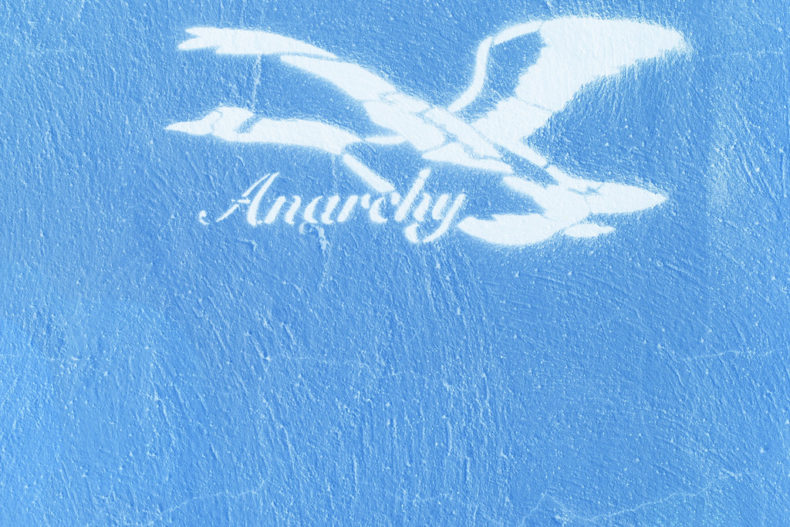 “If this was a democracy, you would still lose,” is something my husband has told our 3-year-old after she objects to our decisions. I can feel the frustration build in her as though it were tightening my own chest. But in the world of Mary Poppins, she doesn’t have to take that kind of adult treatment. In that world, authority figures seem strict, but they are actually magical beings who provide weird and happy experiences, usually including animals. In that world, a kid can clean up her room by sheer magic!
“If this was a democracy, you would still lose,” is something my husband has told our 3-year-old after she objects to our decisions. I can feel the frustration build in her as though it were tightening my own chest. But in the world of Mary Poppins, she doesn’t have to take that kind of adult treatment. In that world, authority figures seem strict, but they are actually magical beings who provide weird and happy experiences, usually including animals. In that world, a kid can clean up her room by sheer magic! 
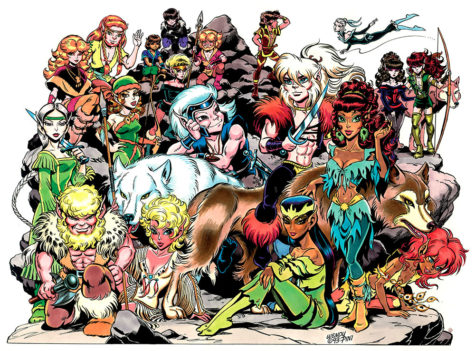 I first saw the elves on the floor of my best friend’s station wagon when I was seven. Grinning up from the back of a big book, these elves looked different from any other elves I’d seen. I’d always thought elves were a little wimpy, but instead of being fragile fey, these elves seemed fun. Even better–they had wolves!
I first saw the elves on the floor of my best friend’s station wagon when I was seven. Grinning up from the back of a big book, these elves looked different from any other elves I’d seen. I’d always thought elves were a little wimpy, but instead of being fragile fey, these elves seemed fun. Even better–they had wolves!